1. Essential Oils
a. Tea Tree Oil
You Will Need
- 6 drops of tea tree oil
- 1-2 tablespoons of jojoba or sweet almond oil
What You Have To Do
- Mix tea tree oil with jojoba or sweet almond oil in the specified quantities.
- Apply the blend to your scalp and a little to your hair.
- Leave it on for at least 30 minutes before rinsing it off.
How Often You Should Do This
You can do this 1-2 times daily.Why This Works
The pleasant smell of tea tree oil can leave your hair smelling fresh, and its antimicrobial properties can help battle the microbes causing the smell.b. Neem Oil
You Will Need
- 5-6 drops of neem oil
- 1-2 tablespoons of any carrier oil
What You Have To Do
- Mix five to six drops of neem oil with one to two tablespoons of any carrier oil.
- Apply the mixture to your scalp and hair.
- Leave it on for at least 30 minutes.
- Rinse it off.
How Often You Should Do This
Do this 1-2 times in a day.Why This Works
Neem oil is antimicrobial. Hence, it can be used to eliminate the constantly replicating microbes that cause your scalp to smell bad.2. Lemon Juice
You Will Need
- 2 teaspoons of lemon juice
- 1-2 cups of warm water
What You Have To Do
- Mix two teaspoons of lemon juice with one to two cups of warm water.
- Wash your hair with a mild cleanser.
- Give your hair and scalp a final rinse with the lemon and water mixture.
- Leave it on for a few minutes.
- Rinse your hair thoroughly with plain water.
How Often You Should Do This
Repeat the process twice a week.Why This Works
The bactericidal effects of lemon may help combat the bacteria that are causing your hair to smell bad (3). Lemon can also combat dandruff, one of the many causes of a smelly scalp.3. Garlic Oil
You Will Need
- 4-5 garlic cloves
- 2 tablespoons of coconut oil
What You Have To Do
- Crush the garlic cloves.
- Heat the crushed cloves with two tablespoons of coconut oil for a few minutes.
- Strain the mixture to extract all the oil out of it.
- Apply the mixture to your scalp and a little to your hair.
- Leave it on for at least 30 minutes before rinsing it off with a mild cleanser and water.
How Often You Should Do This
You may do this 1-2 times a week for best results.Why This Works
The antibacterial and antifungal activities of the sulfur compounds in garlic can fight the bacteria that are causing your scalp to smell bad.4. Apple Cider Vinegar
You Will Need
- ½ cup of apple cider vinegar
- 2 cups of water
What You Have To Do
- Mix half a cup of apple cider vinegar with two cups of water.
- Wash your hair with a mild cleanser and use the above mixture for a final rinse.
- Rinse your hair thoroughly with water after this.
How Often You Should Do This
You can do this 1-2 times a week.Why This Works
The antibacterial nature of apple cider vinegar can help combat the bacteria thriving on your scalp (5).5. Tomato Juice
You Will Need1 medium-sized tomato
What You Have To Do
- Squeeze out the pulp from a medium-sized tomato.
- Apply the pulp directly to the scalp.
- Leave it on for 20-30 minutes before rinsing it off with plain water.
How Often You Should Do This
You can do this 1 to 2 times a week.Why This Works
Tomato pulp exhibits antibacterial properties that can help in getting rid of the odor-causing bacteria on your scalp.6. Baking Soda
You Will Need
- 1 tablespoon of baking soda
- ½ cup of water
What You Have To Do
- Add a tablespoon of baking soda to half a cup of water and mix well.
- Rinse your hair as usual with a mild cleanser.
- After washing your hair, give it a final rinse with the baking soda solution.
- Rinse thoroughly with water.
How Often You Should Do This
You can do this once a week.Why This Works
The antibacterial nature of baking soda can help in getting rid of the odor-causing bacteria on your scalp.7. Avoid Using Conditioner On The Scalp
Conditioners are only meant for your hair and not your scalp. Applying conditioner to the scalp can make it even more oily, giving a chance for the odor-causing bacteria on your scalp to multiply.In addition to these remedies, you can also follow the tips mentioned below to prevent your scalp and hair from smelling bad.
How To Prevent Smelly Scalp And Hair
- Wash your hair regularly.
- Treat the root cause of the odor, like dandruff (if any).
- If you sweat a lot, wear light clothing.
- Use a mild fragrant shampoo.
- Avoid the temptation to scratch your scalp as it increases the secretion of oil.
- Avoid touching your hair constantly.
- If you spend a lot of time outdoors, wear a scarf or hat to protect your hair from environmental pollution.
Source Click here
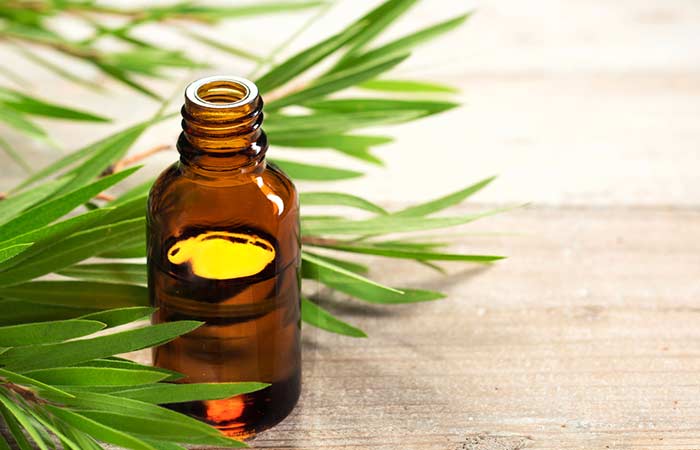
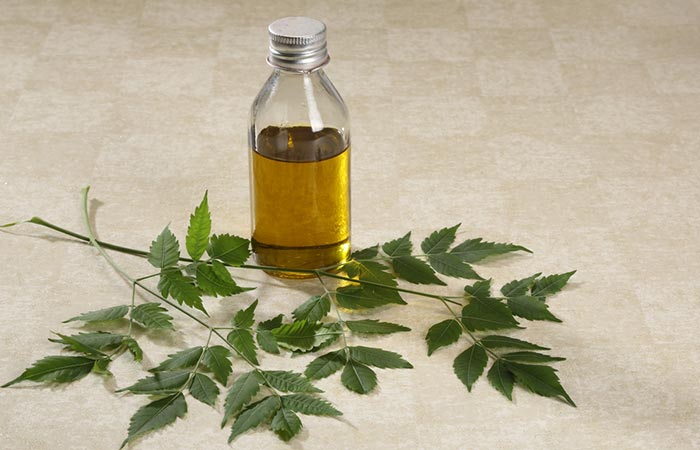
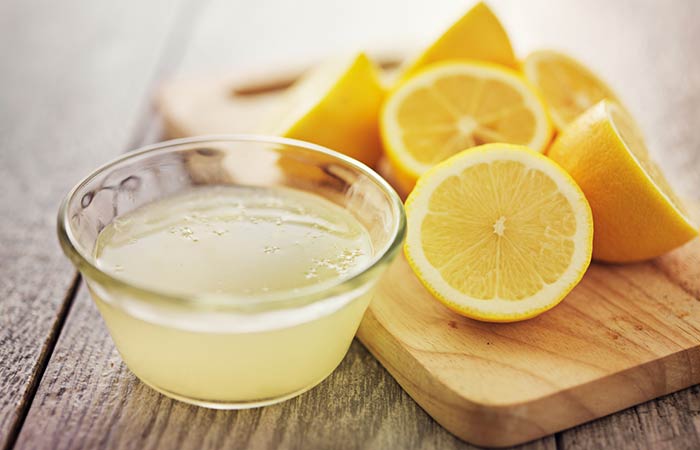
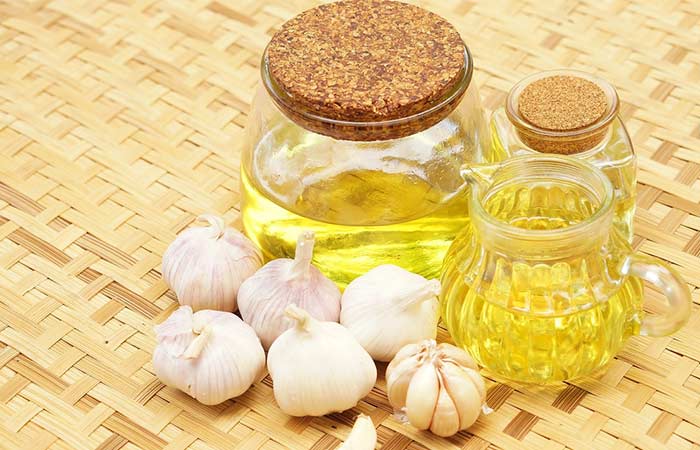
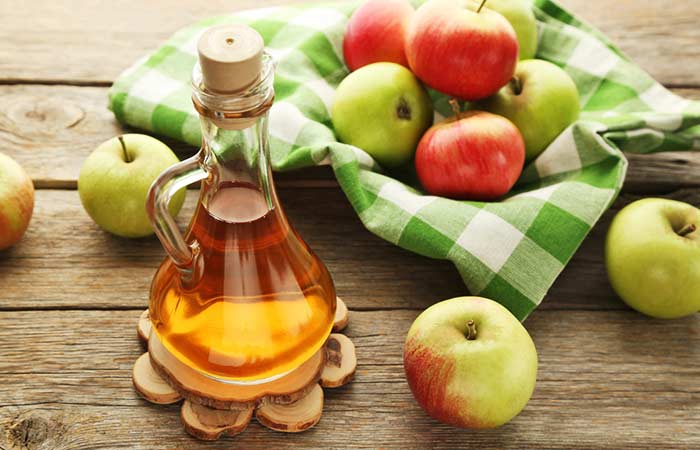

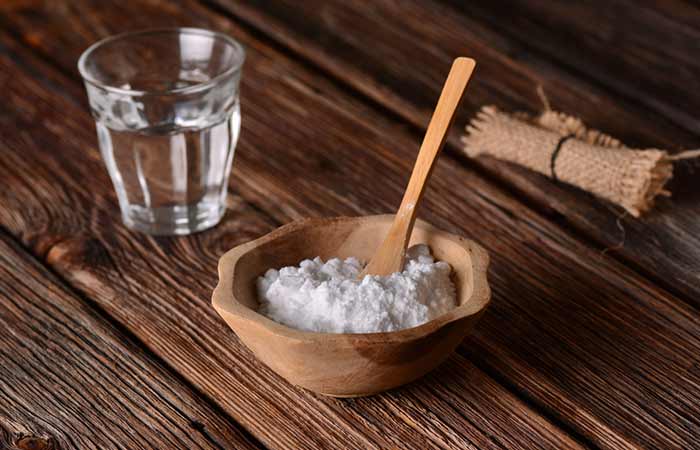
Comments
Post a Comment